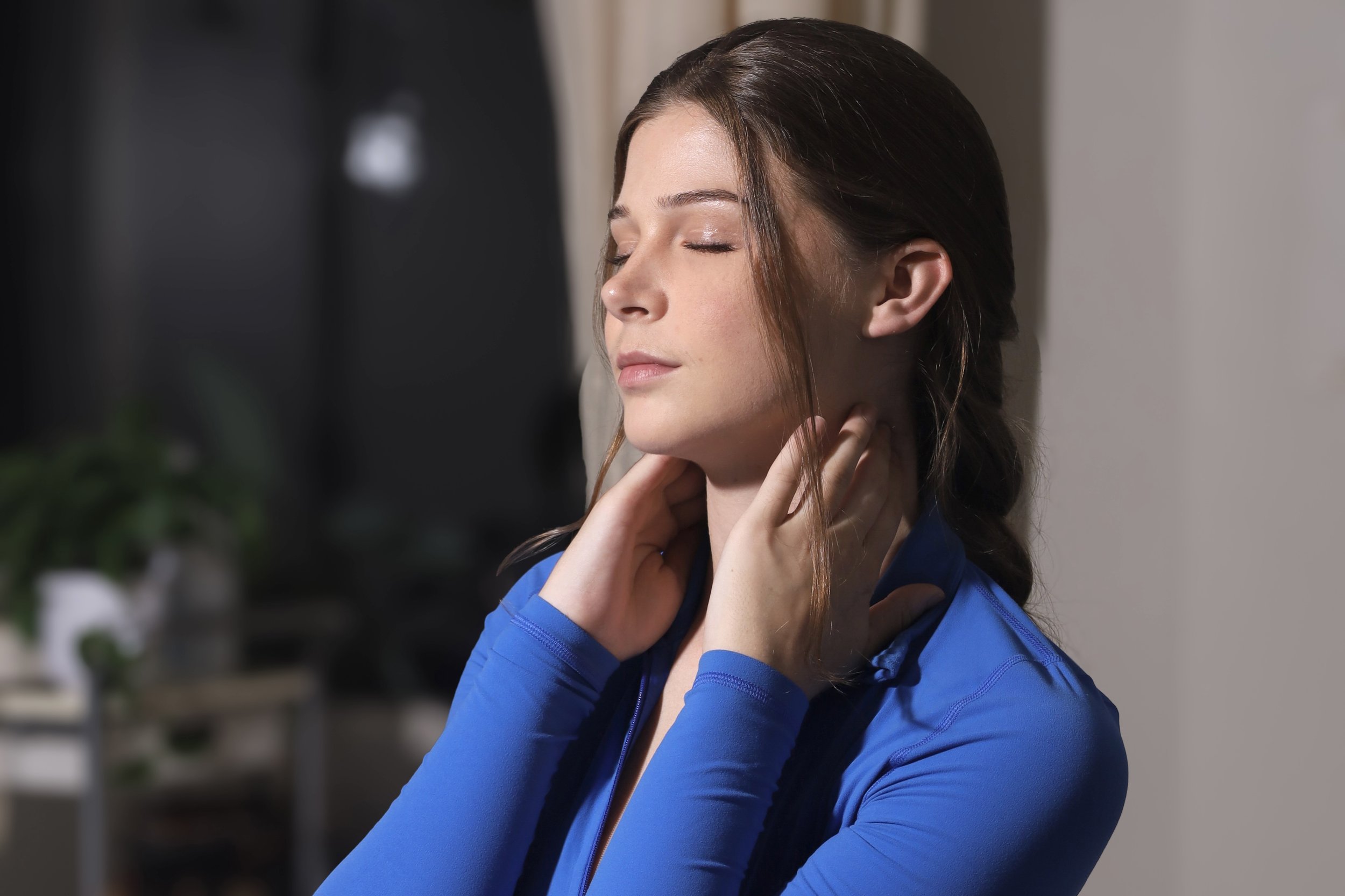
Managing Myofascial Pain
CHA’s Approach to Relief & Recovery
Myofascial pain can disrupt daily life, causing persistent discomfort in muscles and connective tissues. At CHA Physical Therapy, we specialize in addressing this through our evidence-based treatments, particularly within the Musculoskeletal Movement Disorders program. By combining manual therapy, targeted exercises, and personalized care, we help patients reduce pain, improve mobility, and regain function—drawing on both our expertise and insights from medical research.
What is Myofascial Pain?
Myofascial pain syndrome involves chronic pain in the muscles and fascia—the connective tissue surrounding them. It often stems from trigger points, which are sensitive spots that can cause referred pain elsewhere in the body. Unlike general muscle soreness, this condition persists and may worsen with activity or stress. According to the Mayo Clinic, it's characterized by deep, aching pain in localized areas.
Causes and Symptoms
Common causes include muscle overuse, injury, poor posture, or underlying conditions like musculoskeletal imbalances. Symptoms typically feature muscle stiffness, tenderness, restricted movement, and sometimes headaches or fatigue. The National Institutes of Health (NIH) notes that acute cases may resolve with simple treatments, but chronic forms require comprehensive management.
CHA’s Treatment for Myofascial Pain
In our Musculoskeletal Movement Disorders program, we take a patient-centered approach to treat myofascial pain as part of broader impairments affecting muscles, joints, and connective tissues. Customized plans address root causes like neurological trauma or imbalances, with key methods including:
Manual Therapy: Hands-on techniques to reduce muscle stiffness, release trigger points, and ease pain—essential for myofascial relief.
Stretching & Strengthening Protocols: To restore range of motion and build functional strength, preventing recurrence.
Neuromuscular Re-education: Retrains the nervous system for better coordination and control.
Postural Realignment: Corrects imbalances that contribute to pain.
Therapeutic Electrical Stimulation: Activates weak muscles and improves patterns.
These align with our Orthopedic Manual Therapy and Pain Management services, ensuring holistic care tailored to your diagnosis and goals.
Evidence and Benefits
Research supports these methods. A review in PMC highlights the effectiveness of physical modalities like manual therapy for pain reduction and improved function. Another study in BMC Musculoskeletal Disorders found radial shockwave therapy—complementary to our approaches—effective for upper back myofascial pain. Benefits at CHA include lasting pain relief, enhanced mobility, and independence, often without medications.
Don't let myofascial pain hold you back. Contact CHA Physical Therapy today for a personalized evaluation and start your path to recovery.
We’re dedicated to getting you back to your best.
With personalized physical therapy programs and compassionate, expert care, we raise the bar for what rehabilitation can achieve.
Check your insurance
Find out in a few seconds if your insurance will cover your treatment at CHA Physical Therapy.
We work with most major insurance providers and offer flexible payment options if you’re paying out of pocket. So you know what to expect before your first visit, or team will get in touch with you within 24 hours to verify your insurance benefits and confirm your appointment.
Getting Here
Our Midtown Studio is at 16 West 32nd Street, Suite 1007, 3-5 minutes from Herald Square and a few blocks from Penn Station.
STUDIO HOURS
| Monday | 9AM - 7PM |
| Tuesday | 9AM - 7PM |
| Wednesday | 9AM - 7PM |
| Thursday | 9AM - 7PM |
| Friday | 9AM - 7PM |
| Saturday | 9AM - 3:30PM |
| Sunday | Closed |
